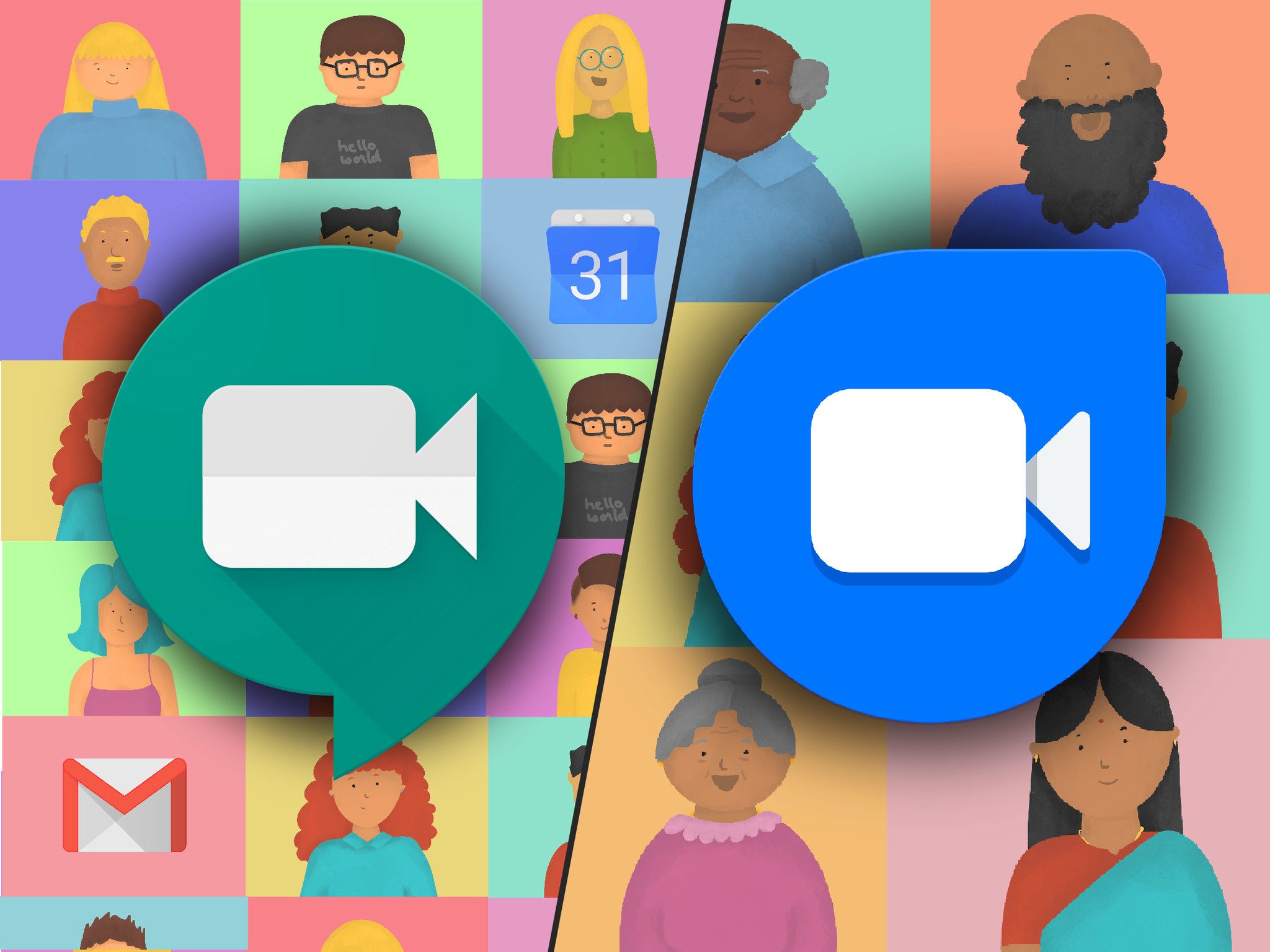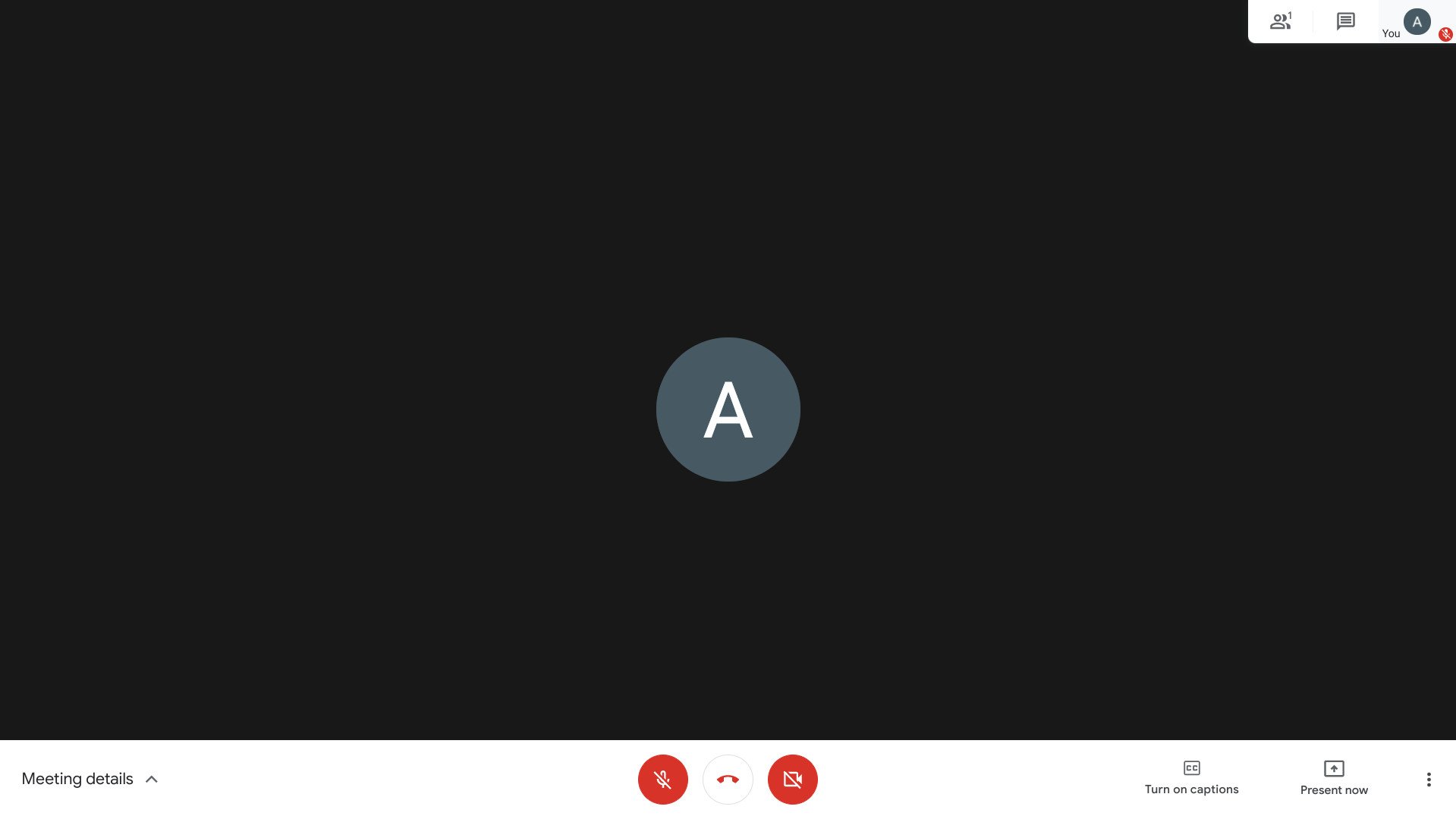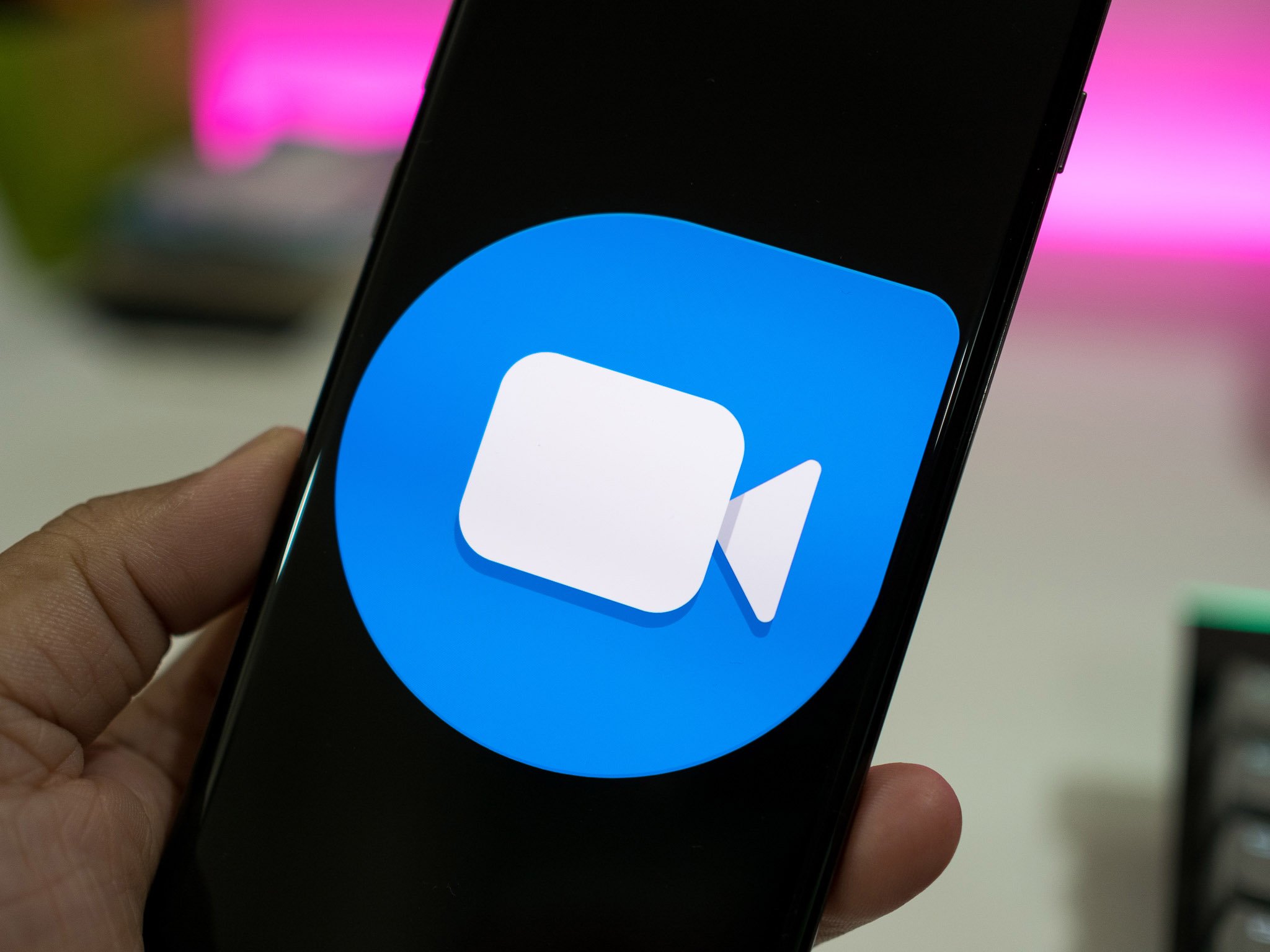Here are the differences between Google Meet and Duo
Best for meetings
Google Meet
Pros
- Now free for everyone
- Works natively in a browser
- Encryption enabled by default
- Grid layout for video calls
- Easy screen sharing and collaboration
Cons
- Needs a Google account
- Some features require paid plan
Google Meet is a fantastic service for large-scale meetings. It works natively in a browser, lets you easily share your screen, has robust collaboration tools, and now offers a grid layout for calls. Encryption is enabled automatically, you can easily record your meetings, and the best part is that it is now freely available for everybody to use.
Great for families
Google Duo
Pros
- Designed for one-on-one communication
- Rock-solid connectivity
- End-to-end encryption
- Fun AR filters
- Now works with 12 participants
Cons
- Not suited for large-scale meetings
- Cannot add people to ongoing calls
Google Duo is better suited for mobile video calls or casual conversations. The service now lets you make video calls with up to 12 members, and the AR effects on offer make video calls fun and engaging. The limited participant size means you cannot realistically use Duo for meetings, but it is a fantastic tool for staying connected to friends and family.
Google now has two video calling services on offer. Duo continues to be a standout option for mobile video calls, and with Meet now going free, there's a new alternative for hosting large gatherings. Meet was designed with large-scale business meetings in mind and was originally limited to Google's G Suite business customers. The service is now rolling out to everyone, and the best part is that there are no usage limits for three months. Here are all the differences between Google Meet and Google Duo, and how to pick the service that's better suited for your needs.
Two Google services for two different use cases
Here's an easy way to think of the differences between Google Meet and Google Duo. Meet is the ideal platform for conducting large-scale meetings, whereas Duo is better suited for informal gatherings, like talking to your friends and family or hosting a virtual game night.
Here's a breakdown of the two services to give you a better idea of what's on offer:
| Google Meet | Google Duo | |
|---|---|---|
| Max participants | 250 | 12 |
| Share screen | ✔ | ❌ |
| Record meetings | ✔ | ❌ |
| Email integration | Gmail / Outlook | ❌ |
| Call-in fee | No fee | ❌ |
| Basic subscription cost | $6 per month/ per user | Free |
| Free version available | ✔ | ✔ |
| Works cross-platform | ✔ | ✔ |
Google Meet is perfect for business meetings
Meet is primarily designed for large-scale meetings, and you can easily set up meetings with up to 250 people on the platform. You also get all the features that are standard for a business-focused video conferencing solution: the ability to share screens, call-in from a phone, email integration, and collaboration tools.
Meet has everything you're looking for in a video conferencing platform.
Meet was limited to Google's G Suite customers, but the service is now available for free for everyone to use. Meet has email integration, so inviting participants is as easy as going through your contacts list and inviting colleagues to attend a meeting. If the invitees have a Google account, the meeting is automatically added to their Google Calendar. Participants can join over audio or video, and Meet also has easy call-in options. Google doesn't charge an extra fee for those calling in from their phones.
In addition to making Meet free for everyone, Google added a grid layout for video calls, just like Zoom. A grid layout makes it easier to see and interact with everyone on the call, and you can easily configure layout options. You can also set up your video and audio settings with ease, and if you're worried about bandwidth, there's an option to lower the video resolution for both incoming and outgoing video.
You can also easily record meetings, and the interface itself is easy to get acquainted with. There's a bottom bar with options to mute audio or toggle video, and options to turn on captions, and share your screen. You can delve into the settings for more customization options — including the ability to change the layout — but for the most part, Meet is as about as easy as things get for video conferencing solutions.
With encryption and robust collaboration tools, Meet is perfect for meetings and family gatherings.
The best part about Google Meet is security. There's no way for someone to join your meeting without your authorization, so it's not possible for someone to gate-crash a meeting. The meetings themselves are encrypted, and if you record a meeting, the corresponding file that's stored in Google Drive is also encrypted.
We rely on Meet for our weekly planning calls here at Android Central, and it has served us reliably over the years. All of us work remotely, and therefore we don't get a lot of chances to meet in person. We have team members scattered across the globe, and we use disparate operating systems, including Windows, macOS, and Chrome OS. That's where a service like Google Meet is invaluable.
Because Meet works natively in a browser, it's easy to connect to meetings regardless of the operating system we use. That's one of the best reasons to use Meet instead of a service like Zoom or WebEx, which requires you to download a plugin. I've dialed into weekly calls using my phone or relied on cellular data when I was traveling, and Meet worked just fine in both instances.
So, when can you start using Meet if you're not a G Suite user? Google is rolling out the service to everyone over the coming weeks, and Meet will be free with no limits on usage until September. After that, free users will be limited to 60 minutes for each meeting. That's still better than what you get with Zoom, and if you're looking for an alternative, Meet should be at the top of your list. Although Meet is designed for business use, it works great for family gatherings and hosting game nights. All you need is a Google account to initiate a Meet call.
Google Duo is the best mobile video calling service around
Google Duo is meant for one-on-one communication. The service is designed for mobile use, and it uses the WebRTC standard to deliver excellent video quality without taking up too much bandwidth. One of the best things about Duo is the video fidelity — the service works great even on 2G cellular connections.
Google Duo isn't great for work meetings, but it is a great way to stay connected to friends and family.
As such, Duo just isn't suited to be a video conferencing platform. However, because it now facilitates group video calls with 12 participants, it is an excellent option for staying connected to friends and family. I've made dozens of calls over the last two months on Duo to talk to family members across the globe, and every call was thoroughly enjoyable. The one downside to using Duo for group calls is that there's no way to add a participant to an ongoing call. You need to end the call, make a new group that includes the new participant, and start a new call.
Duo's standout feature is augmented reality effects, and it goes a long way in making calls more entertaining. There's also the fact that you get rock-solid connectivity, with the service automatically switching from Wi-Fi to cellular data if it detects a Wi-Fi dead zone in your home. Duo is also the default calling service on Google Home and Nest Hub, so you'll get a notification on your smart speaker whenever there's an incoming Duo call, and you can take it directly on the speaker.
Another highlight with Duo is end-to-end encryption. Regardless of the platform you're using — Android, iOS, or the web interface — all audio and video calls made over Duo are end-to-end encrypted. If you're looking for a mobile video calling service, Duo still has a lot to offer.
It's an easy choice
With Meet now available for everyone for free, Google has two robust solutions for video calls. I have access to both services, so here's how I used Meet and Duo over the last two months. If I need to make a video call from my phone or a tablet, I use Duo. The service just works better for one-on-one communication, and with Google increasing the participant limit to 12, you can invite more friends and family members.
Having said that, Duo works best if your group video call consists of less than six people. The fact that there's no way to invite people to an ongoing call makes things that much more difficult. Meet is a better choice for larger gatherings, so if you're hosting a virtual game night or need a service that can handle large groups, you should switch to Meet.
Both services have a few things in common. Your data is encrypted, there's no way for anyone unauthorized to join your call, and you get rock-solid connectivity regardless of the platform you're using. It's great to see Google make Meet freely available to everyone because the feature-set on offer makes it one of the best video conferencing solutions around.
Best for meetings
Google Meet
The best platform for large meetings
Google Meet has a robust set of tools, making it the ideal platform for large-scale meetings. It lets you easily share the screen, prevents unauthorized users from joining a call, and it works with up to 250 participants. The free plan has a few limits, but even then it is better than Zoom and other alternatives.
Great for families
Google Duo
Catch up with your friends and family
Google Duo is still one of the best video calling services around. You get incredible video quality, there are several AR effects to make calls more fun, and the service works well even on low-bandwidth connections. The best part is that all your data is end-to-end encrypted.
from Android Central - Android Forums, News, Reviews, Help and Android Wallpapers https://ift.tt/2SE0FcM
via IFTTT






ليست هناك تعليقات: